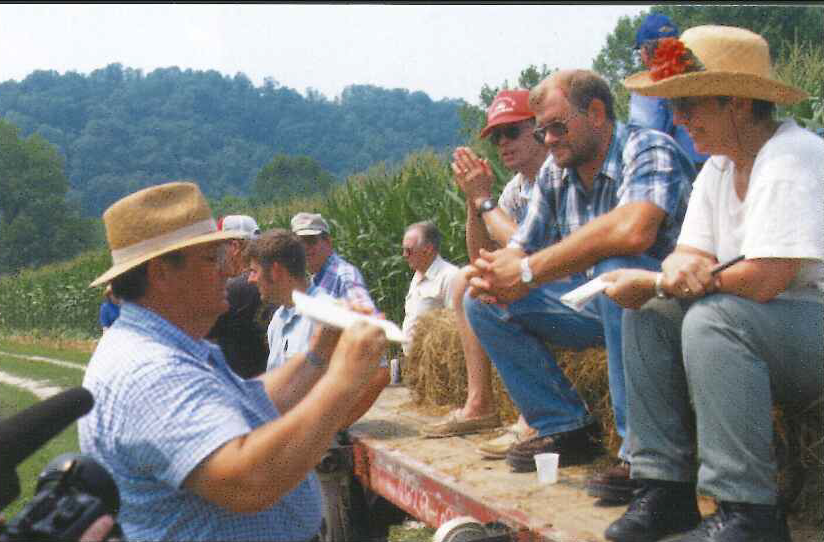The Present
The issue of coal mining again arose in 1990 when Arch Mineral, which held mineral rights to about 105 acres in the forest, proposed to mine the properties. The university administration, along with three environmental groups, petitioned to declare 70 percent of the Robinson Forest holdings as unsuitable for surface mining under Kentucky law. The Kentucky Natural Resources and Environmental Protection Cabinet upheld the petition. However, in 1991, the University of Kentucky Board of Trustees decided to sell the timber rights of the remaining 4,500 acres of the forest and to lease the mineral rights to the land. The action was taken to generate an anticipated $30 to $50 million in support of the original purposes of the trust.
The money from the sale of timber and the leasing of coal reserves has been used to make improvements on the physical facilities, namely refurbishing Camp Robinson, which is used for in-depth study of the forest by forestry and biology students from the University of Kentucky, and for initiating the Robinson Scholarship program. The latter provides economic assistance to promising young people from a 29-county area in Eastern Kentucky. It targets eighth grade students who have the potential to succeed in higher education, but who for various reasons may not be able to afford a college education.

Throughout the remainder of the 1990s, faculty at the Station continued to conduct research and Extension programs centering around crops that could be important to the people of the region. Intensive research concerning berry production from brambles, including raspberry, blackberry, and blueberry, was begun in the 1990s. Research into the commercial production of medicinal herbs and ornamental shrubs was initiated with success.
Fruit work research included pears, apples, and plums. Sweet corn research, largely built around needs for the fresh market, was started with great success. New crop opportunities investigated by researchers included cucumbers, cantaloupe, watermelon, and hot peppers, as well as gourds, Indian corn, and pumpkins. A pecan grove planted in 1987 began to produce pecans and will provide information about the potential for pecan production in eastern Kentucky. A new plastic greenhouse was first put into operation in the spring of 2001.
Agronomic research continues to focus on on-farm production of feedstuffs for livestock, silage, and field corn. Burley tobacco research, involving cultural practices as well as plant disease prevention, was initiated at the Station. Starting in the 1980s and continuing to the present, some of the key research in the nation on blue mold in tobacco was conducted at the Station by Dr. Bill Nesmith, Extension plant pathologist. The Quickstand variety of Bermuda grass was developed at the Station under the direction of Dr. Harold Rice, Station agronomist, and is in wide use as an athletic field grass.
